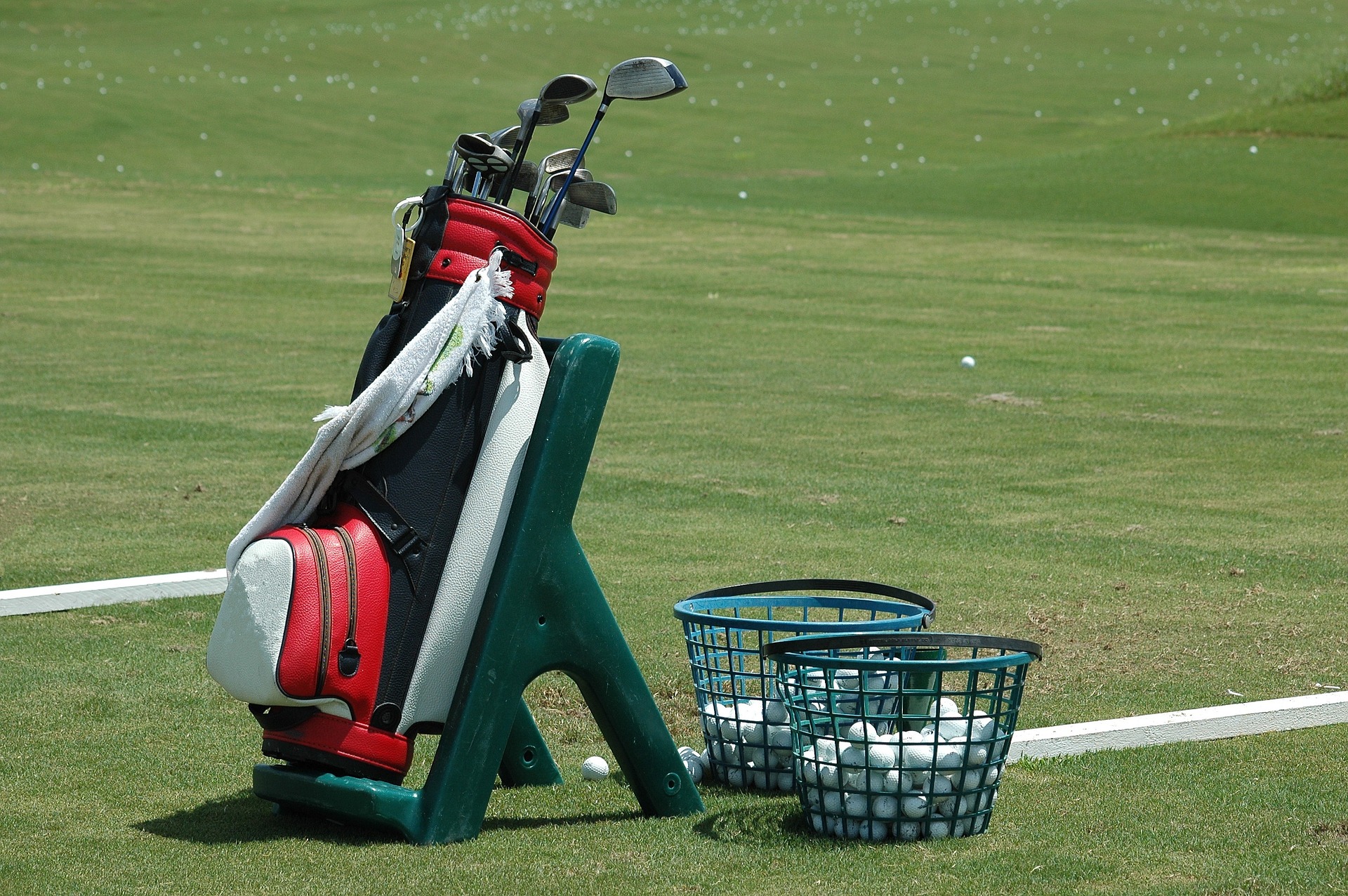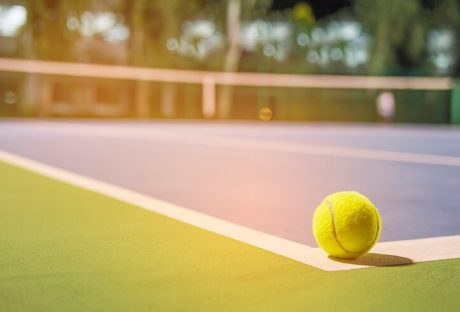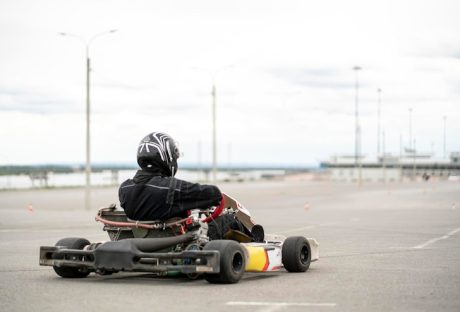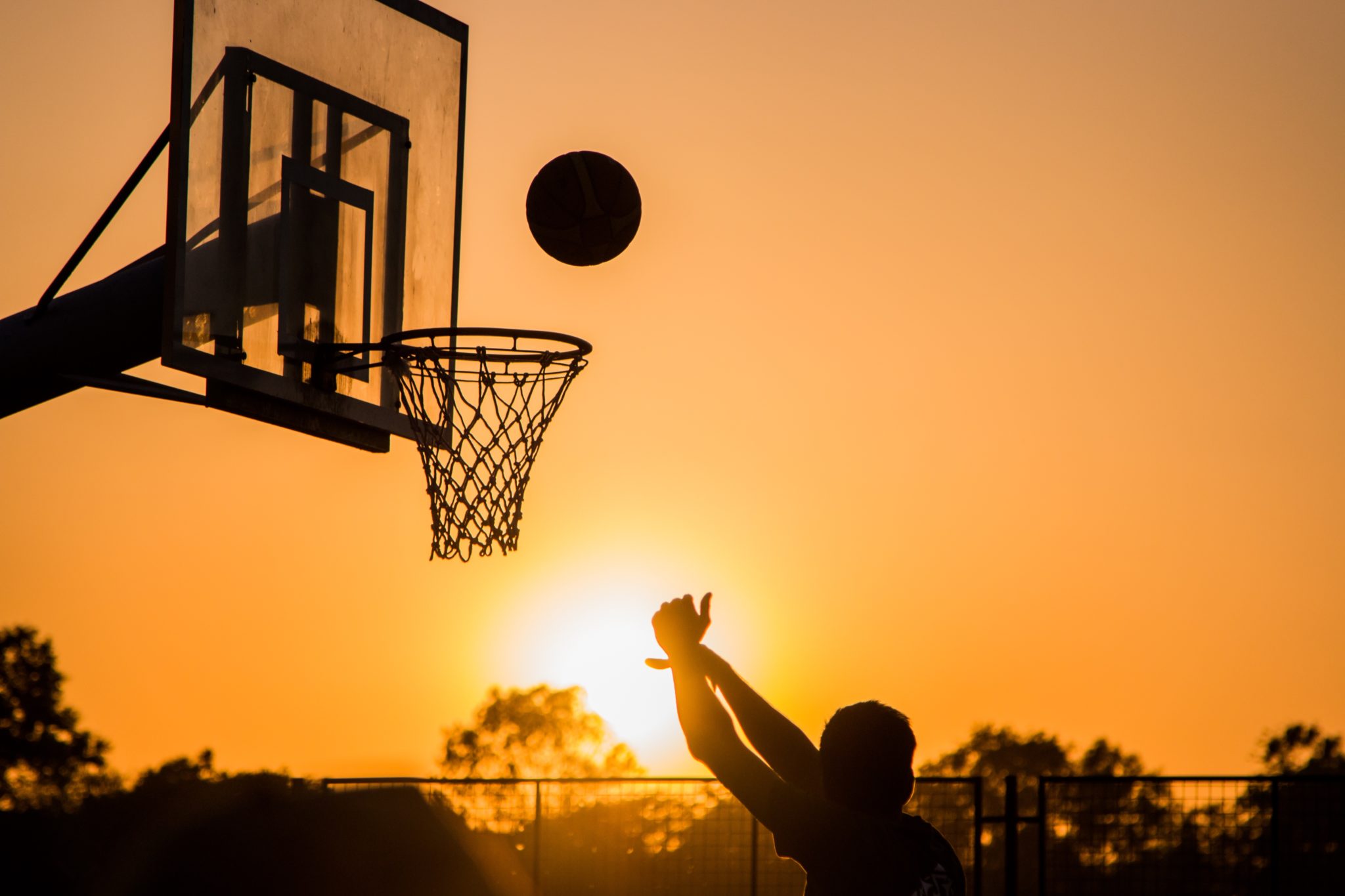“There are many ways to become happy, but I feel that the easiest and most effective way is to outwardly run.”
The Sri Chinmoy Self Transcendence 3100-Mile Race is the world’s longest sanctioned foot race. The race combines physical fitness and sports with a good dose of spirituality, and it has gained a steady rise in media attention and popularity over the years.
This race has been internationally acclaimed as being one of the most strenuous and toughest foot races in the world. Participants for this race have been lauded for their grueling training sessions and health transformations. This race is not only about outright physical transformations. The race aims to have a spiritual undertone to it as well.
Millions of people from around the world are already drawing motivation to achieve great things from the inspirational stories of finishers of the Sri Chinmoy Self Transcendence 3100-Mile Race. Of course, and as expected for such a difficult event, only very few athletes have ever finished the challenge. Together, their life stories show just how a physical pursuit can lead to spiritual transcendence; as long as you are willing to adopt a fearless approach, develop a healthy mind and be ready to overcome every challenge that you’ll face on your way to success.
Here, we will feature a uniquely inspiring story and insights that will help anybody willing to go into this endurance race. This is a story of inspiration that might motivate many amongst you to become part of this glorious event.
Individual Success Stories of Champions:
Arpan D’Angelo, a former gymnast who eventually went on to run over 200 marathons (many of them under 3 hours), once shared the story of how he learned to widen the boundaries of the things he considered possible. According to him, his dream of becoming a runner was hampered by the thoughts that running was meant for track stars. That was, of course until he found out about Sri Chinmoy and began studying with him and running in his various races. Rest was history. It took a while, but as is in anything we put our minds to his spirit aligned with the physical. Arpan was achieving intrinsic and extrinsic rewards.
His story is a clear case of drive and strong will, and Sri Chinmoy is the hero-inspirer in his case. One thing we have learned however from his story and the stories of many other champions of this race is that it helps you draw power from your inner self to be able to withstand physical challenges. Not only in athletics but also all aspects of life. This practice can be useful for anyone that’s discouraged, or looking for inspiration to venture into an element of life that will affect them for good.
Sri Chinmoy had seen another purpose for sports, and we can see in the less than 100 athletes that have been able to finish the challenge that the physical and spiritual self must be aligned towards a goal to be able to conquer it. Or as Sri Chinmoy puts it, when the outer runner draws from the inner runner, great things can be experienced and achieved.
The Final Word:
The Sri ChinmoySelf Transcendence 3100-Mile Race tests both the mental and physical aspects of a human being. It tests spiritual endurance, mental tolerance, and physical stress. How much physical pain you can give to a body is dictated by the mind. If you are able to master and control the mind through spiritual control, you will be able to master your physical body as well.
Read Also:






















